
Culture
22:52, 24-Jul-2018
Johannesburg emerging from the golden hills
Updated
22:52, 27-Jul-2018
By Zheng Songwu
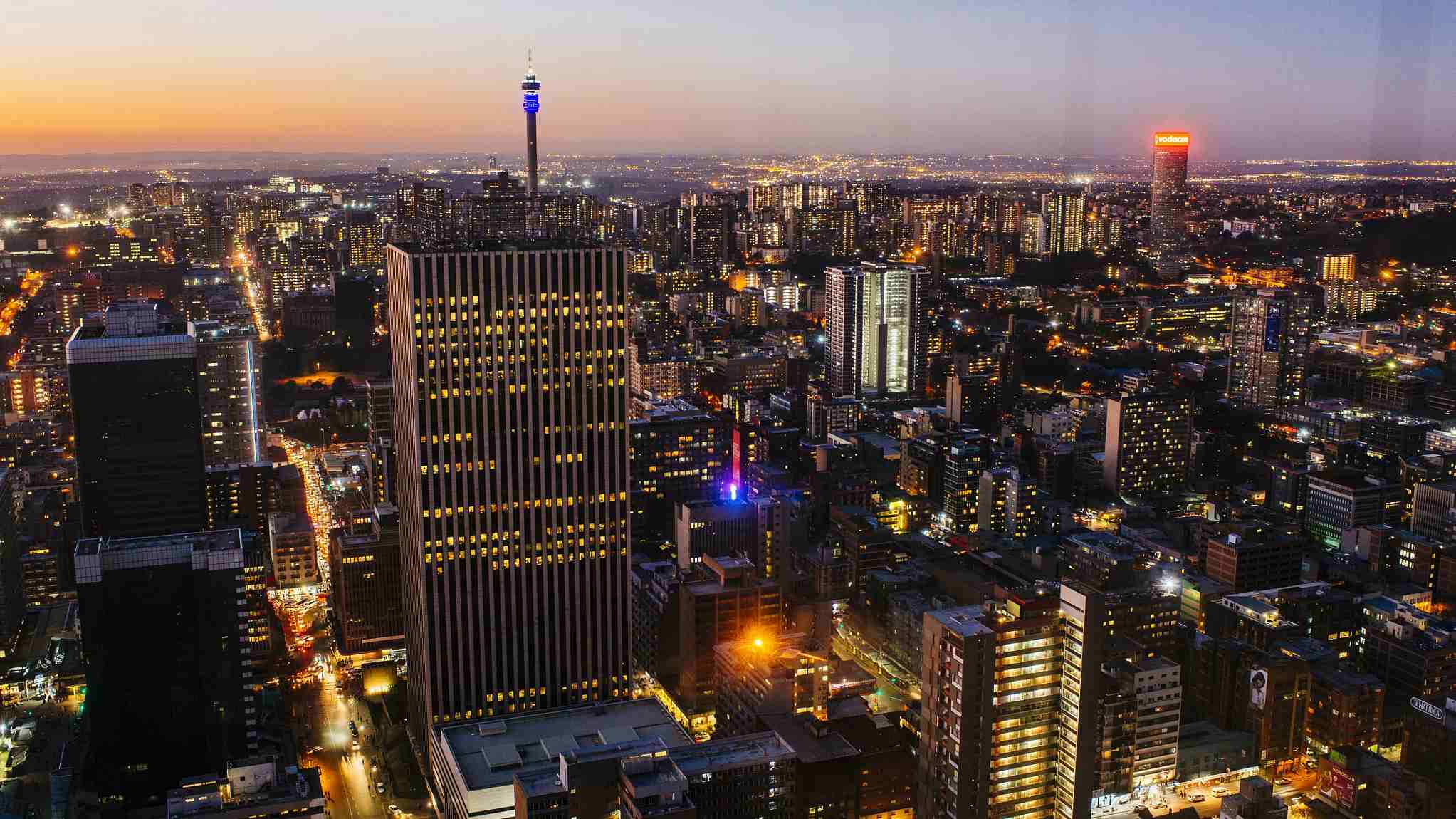
Johannesburg, with a population of four million, is the largest city in South Africa. Also, as the largest gold mining area in the world and the non-economic center of South Africa, Johannesburg is a modern and vibrant city emerging from the golden hills.
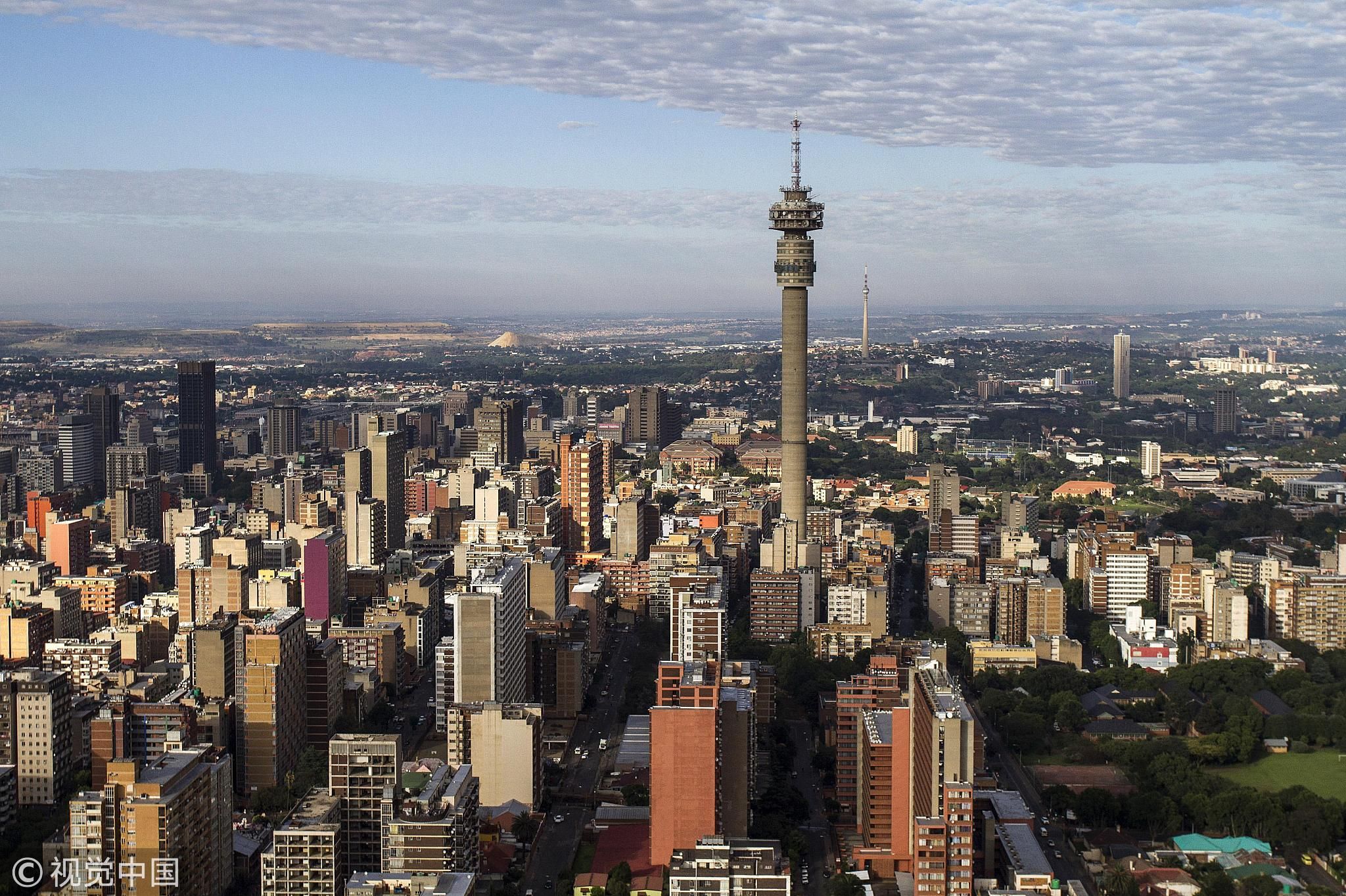
The Hillbrow Telkom tower in Johannesburg. /VCG Photo
The Hillbrow Telkom tower in Johannesburg. /VCG Photo
When it was founded, Johannesburg was roughly the size of two farms. Nothing special was found until 1886, when a young man named George Harrison accidentally tripped over a small stone in the grass as he descended from the top of the hill.
He smashed the stone to the ground in revenge for what had happened to him, unexpectedly discovering gold in the process.
Harrison was so excited that he reported his discovery to the relevant authorities in Pretoria. The statute of the time said that anyone who discovered a gold mine somewhere would unconditionally become the owner of it.
The government wanted to build a city here, and because of Johann Rissik and Christian Johannes Joubert – the officials who had been first sent to investigate the mine – the government named the small place "Johannesburg" in 1928.
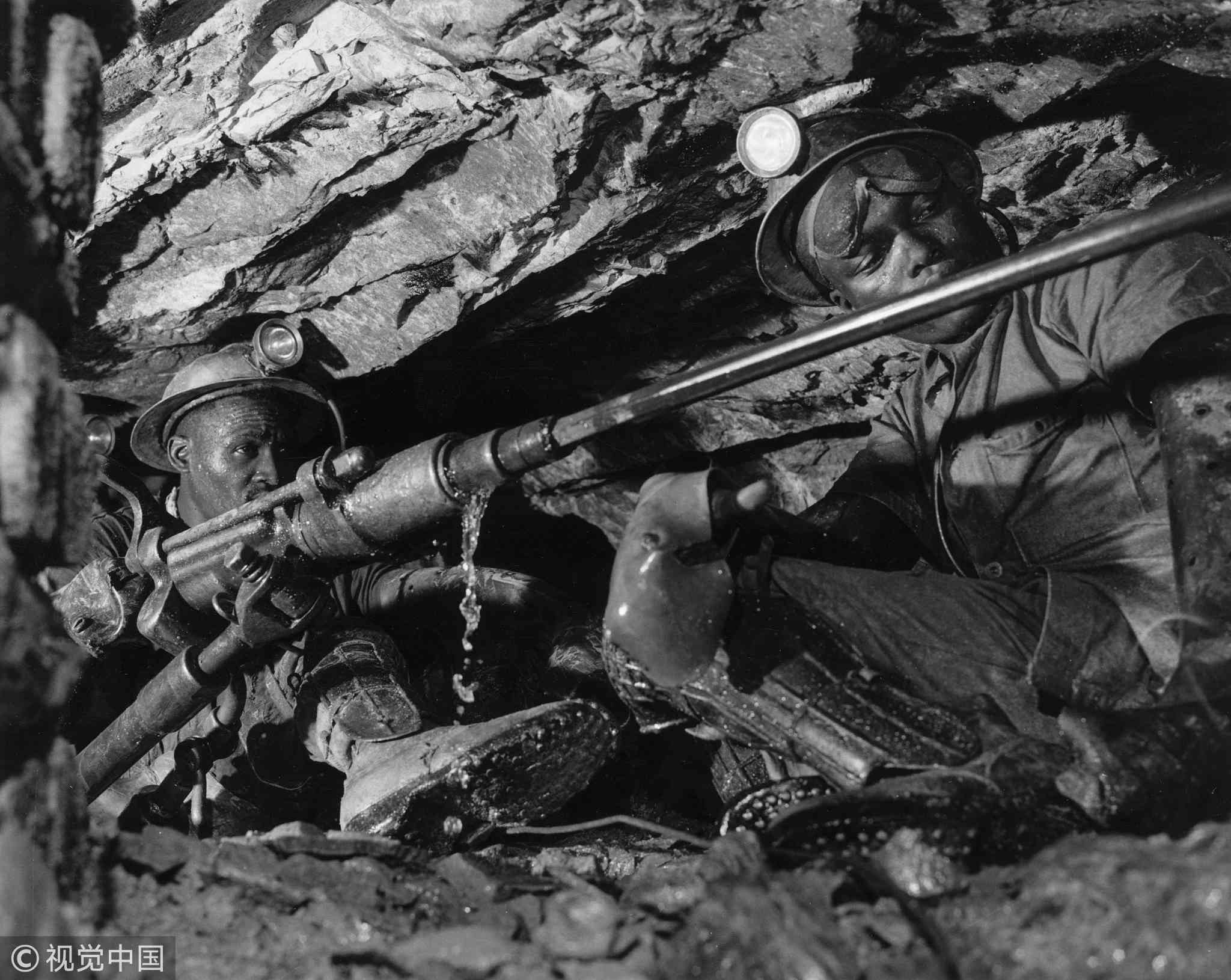
Miners drill into the rock at the Sub Nigel East Gold Mine in Johannesburg, where the ore is 6,000 feet beneath the ground. /VCG Photo
Miners drill into the rock at the Sub Nigel East Gold Mine in Johannesburg, where the ore is 6,000 feet beneath the ground. /VCG Photo
But even if Harrison was lucky enough to find the vast gold deposit, he didn't have enough money to develop it and finally ended up selling it to a mining company for only 10 pounds.
The goldfield in Johannesburg soon became a 430km-deep, 24km-arc of gold veins, making South Africa the most important country in the world for gold production for the next century, accounting for 60 to 65 percent of the world's gold reserves.
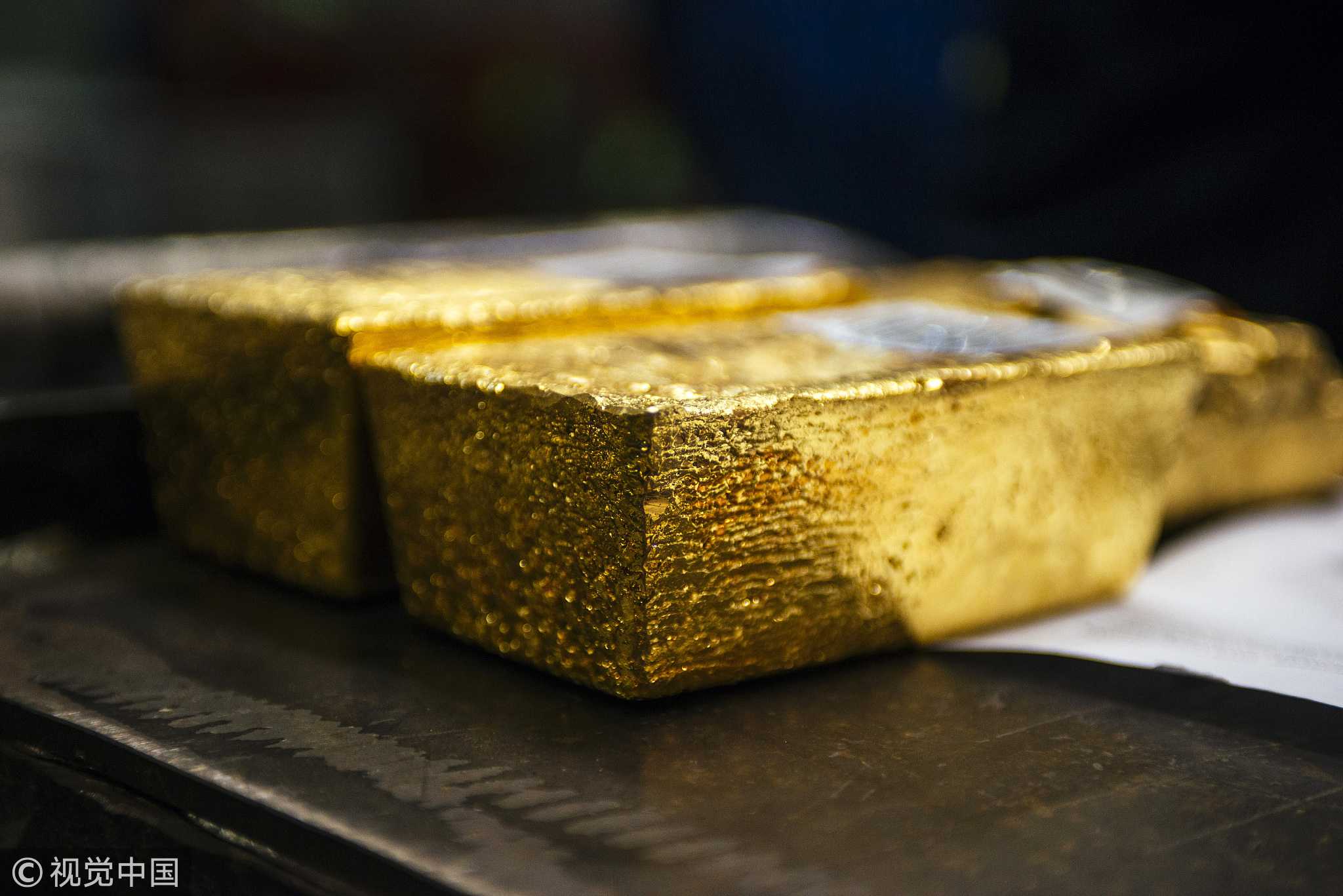
Gold bullion bars sit the following casting at the Rand Refinery Ltd. plant in South Africa. /VCG Photo
Gold bullion bars sit the following casting at the Rand Refinery Ltd. plant in South Africa. /VCG Photo
The enormous economic benefits achieved by the mining industry led to the development of the manufacturing industry, as well as the service, financial, logistics and transportation industries, which enabled the city to grow more actively and comprehensively.
But gold is not inexhaustible, and when many of the early holdings ran dry, they left behind isolated or hard-to-reach mines that had lost their value to the canny traders, and the local beauty was repeatedly ruined by the mines, making it a difficult place to live.
Johannesburg soon realized that gold was a thing of the past and that it needed science and technology to strengthen itself.
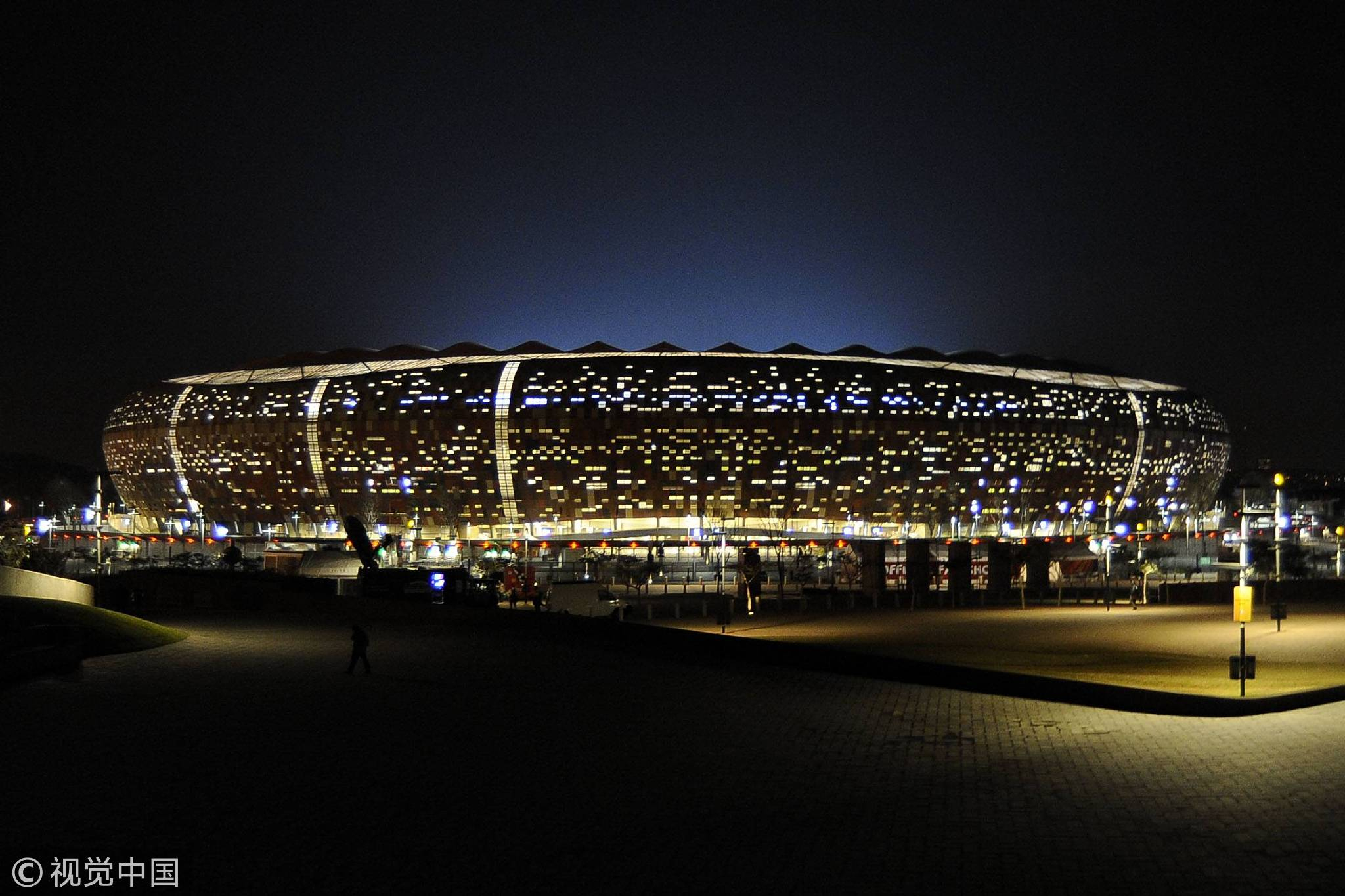
Soccer City Stadium in Johannesburg, where the 2010 World Cup was held. /VCG Photo
Soccer City Stadium in Johannesburg, where the 2010 World Cup was held. /VCG Photo
Johannesburg's commitment to becoming a modern international metropolis, with its towering buildings, extensive transportation, vibrant urban areas, high technology and high value-added industries, has made the city glitter more than ever before.

SITEMAP
Copyright © 2018 CGTN. Beijing ICP prepared NO.16065310-3
Copyright © 2018 CGTN. Beijing ICP prepared NO.16065310-3